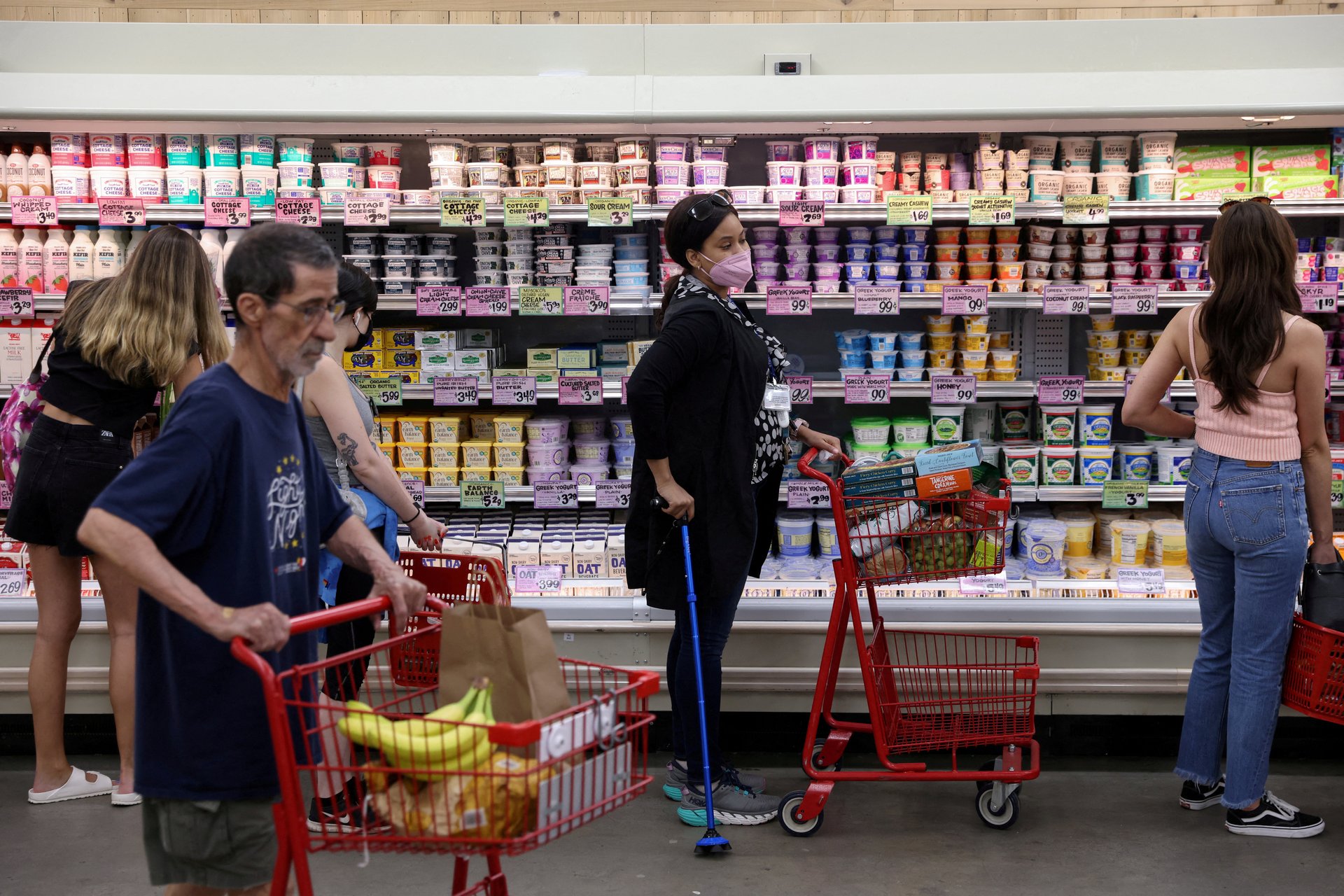An overlooked indicator shows the US economy actually grew in the first half of 2022
The US economy is slowing down, but is not in a recession.

The US economy shrunk less than originally reported in the second quarter, according to the most popular measure of growth released Thursday. Revised figures show gross domestic product fell at an annual rate of 0.6% instead of 0.9%. That still means two straight quarters of contraction, what some people call a “technical recession.”
But another indicator out today, gross domestic income, shows that the economy expanded during the first half of the year. Gross domestic income (GDI) measures the size of the economy based on the money earned for all the goods and services produced rather than their value, like GDP. In the second quarter, it moved up 1.4%, after a 1.8% increase in the first quarter.
These two indicators ought to move in tandem because they’re measuring the same thing from different perspectives, but the current divergence is a testament to how difficult it is to collect economic data in a rapidly shifting pandemic-era economy.
To get to a closer and truer picture of US economic growth during this uncertain stretch, economists are looking at the average of GDP and GDI, which should iron out errors from incomplete data. Based on that average, the economy grew 0.1% in the first quarter and 0.4% in the second. “[The] US economy isn’t in a recession, yet,” said Gregory Daco, chief economist at EY-Parthenon, in an email.
Both GDI and GDP figures will continue to be revised over the next couple months. Averaging them is one way to “get a feel for what the final revision will look like,” said David Beckworth, an economist at the Mercatus Center at George Mason University. “What GDI tells us is that when it’s all said and done we may not have two consecutive quarters of negative GDP.”
An economic slowdown, not a contraction
To be sure, the US economy is cooling from last year. In the fourth quarter, the average of GDP and GDI showed it expanded by 6.6%. The slowdown in 2022 is mostly due to a slackening in corporate investment and consumer spending.
“In general, this shows an economy that is taking a pause after a very big run up,” said Riccardo Trezzi, a former economist at the US Federal Reserve and the European Central Bank (ECB). “After a period of a year and a half of boom, it’s almost normal to take a break.”
